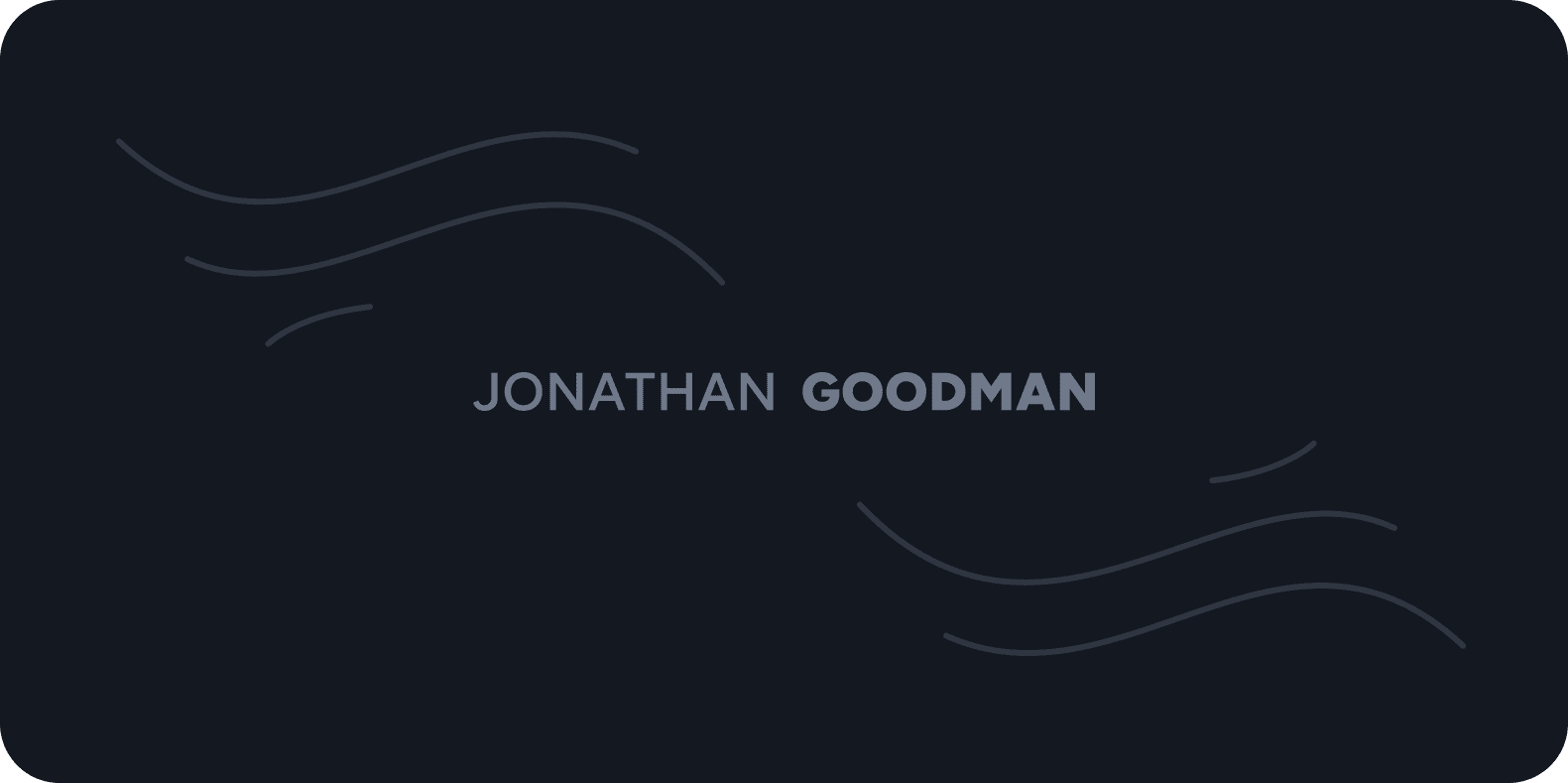I've watched the movies a couple of times, first for entertainment, then with a focus on what I could learn from him. After all, he is a master of his trade and if we pay close attention, there's a ton of take home messages for the personal trainer.
Extreme preparedness
Bourne is trained to handle ANY situation. His level of Extreme preparedness does not come without putting in the time. In our case, that translates into reading, taking courses, learning from our daily sessions and most importantly, THINKING about what we read and learn so we can apply it skillfully.
Only applied knowledge is power.
Bourne can handle himself in any environment and UTILIZES it to his advantage.
His ability to effectively utilize the environment is shown in a scene in the third movie. Bourne sprints across multiple roof tops to make sure an assassin does not reach his friend before he does. Bourne quickly grabs two pieces of laundry and wraps them around his hands. Two seconds later, we learn why he picked up the laundry, as he skillfully jumps over a small wall covered with pieces of broken glass.
Check out this tantalizing bit of Bourne badassary.
As personal trainers, our environment is the gym. Luckily, we don't have to out sprint assassins or kill "the bad guys" with bars and weight plates! Clearly, it's our job to utilize our environment to give our clients the best possible training program.
There are a couple of extremely important lessons regarding our environment:
Master all equipment - have no emotional biases.
Until 2007 I lived in Denmark and from 1999-2007 I was the Head Strength Coach for Team Denmark, the Danish Equivalent of Sport Canada. I was very fortunate to have a job description that allowed me to focus on an exclusive group of athletes. One group of athletes I was in charge of but didn't develop their program was the sailing team.
Initially, their program was created by a strength coach who used to be the Olympic Weightlifting Coach for the national team. During that time the first exercise in their strength training program was power cleans, because "power cleans are good for grip strength and sailors need grip strength." (Those where the strength coach's exact words when I asked him why he started the training program with Power Cleans.)
After a couple of years later, a younger strength coach, who was a mountain climber, took over. Now, the first exercise in the sailors' strength training program was pull ups, because "pull ups are good for grip strength and sailors need grip strength."
Their biases in exercise selection were obvious. The question that should have been asked was, "What is the best way to develop grip strength if you are a sailor?" and the answer approached from a clean slate.
Moreover, I attended The Russian Kettlebell Certification in 2006, which was a great learning experience with ONE natural but understandable caveat of certifications based on one piece of equipment. In order to make his certification as valuable as possible, Cheif Instructor Pavel tried to show how to train for any goal using a kettlebell. And in the first few days after the course, I found myself thinking, "How can I train X with a kettlebell?"
I fell victim to the same "mind virus" as the Sailing Team Strength Coaches. I was immediately excluding the possibility that the best way to train a certain client for a certain goal would involve ANOTHER piece of equipment (or no equipment at all).
The right question to ask is, "What is the best way, equipment or no equipment, to train this client for this particular goal (ex. Legs) at this point in time?"
You know the saying, "If all you have is a hammer, everything looks like a nail." Therefore, in order to effectively train our clients we need a variety of tools at our disposal. Here's a short list in random order:
Barbells, dumbbells, kettlebells, clubbells, cables, tires/kegs/logs, swissball, balance boards, suspension straps, bodyweight/animal movements, boxes/hurdles/medicine balls, tubing/bands/chains, sleds, grip etc.
It's clear that the more tools you have in your tool box the greater the likelihood you can choose the best possible type of equipment for your client at any point in time.
The ability to optimally answer the question, "What's the best way to train this client for this goal" has one tremendously important implication: You CANNOT follow "trends". As soon as we start paying too much attention to "trends" we get biased and near-sighted.
It is, and always will be, your goal to strive for an unbiased knowledge of the pros and cons of different types of equipment, and subsequently use the right piece of equipment at the right time.











